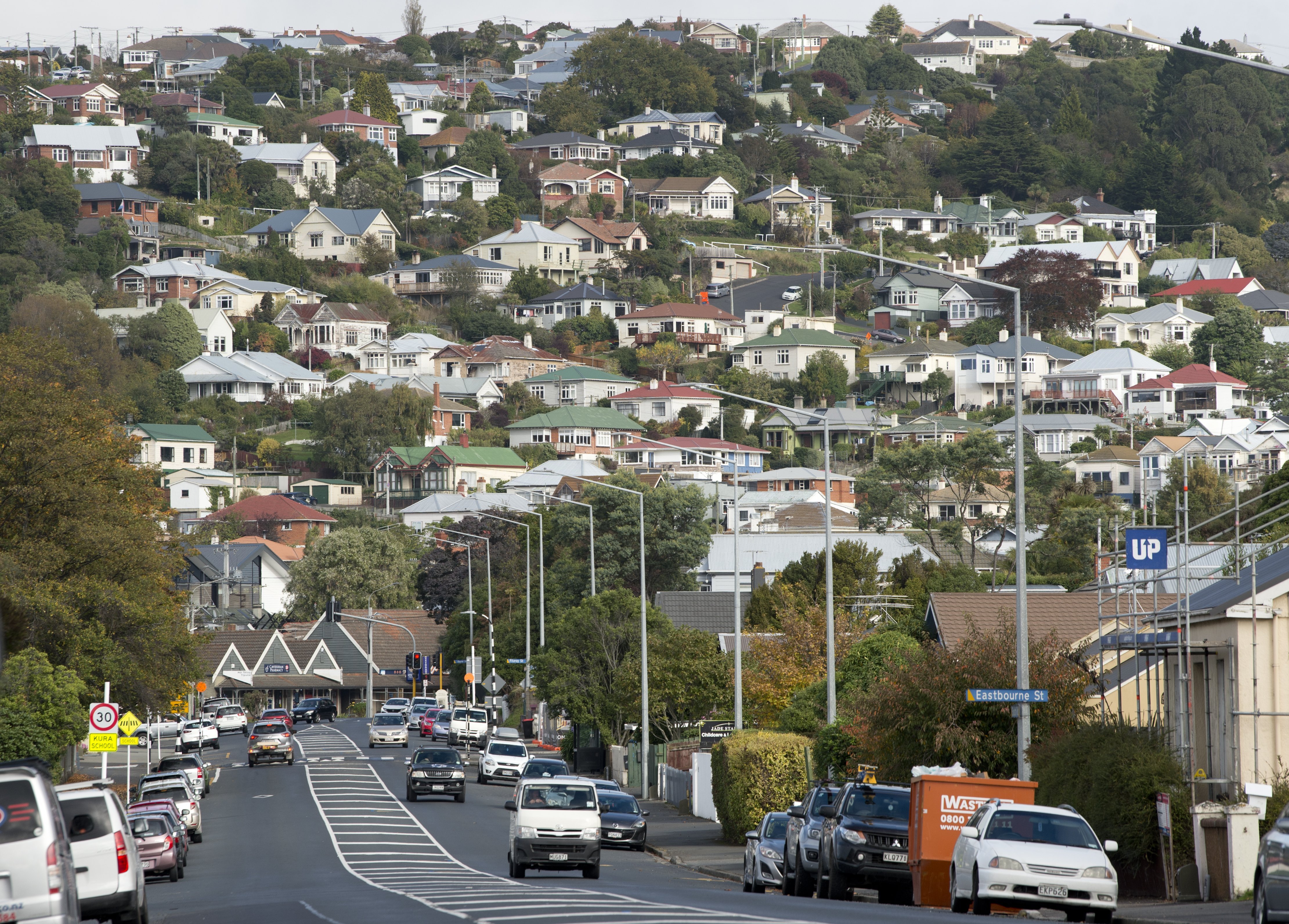
With the ongoing publicity about South Dunedin and the so-called "flood zone", developers, investors and home buyers are considering what other affordable property options are available in Dunedin.
Dunedin is a growing city, particularly as the big infrastructure projects ramp up. This is increasing demand for modern, warm, low-maintenance, healthy homes handy to the city. There are also many ageing baby boomers seeking to downsize from the typical 200sq m house with garage, but struggling to find suitable modern options. The city needs to expand somewhere.
Caversham is the next cab off the rank for development but it still grapples with outdated perceptions — particularly from locals.
But, as we have seen in numerous New Zealand cities, once-overlooked suburbs can bloom with the right vision.
I have witnessed the transformation of similarly "rundown" suburbs in other cities; I flatted in Ponsonby in Auckland in the 1990s when it was characterised by older, tired villas and bungalows. That was when the once renowned Gluepot Tavern was in its heyday. Fast forward to 2024 — Ponsonby is now a highly desirable, trendy suburb where you will be lucky to find anything below $1 million.
In the early 2000s I also sold the first new town houses in Addington, Christchurch. At the time, Addington was arguably perceived similarly to Caversham now. It is one of New Zealand’s oldest suburbs and had been the site of the Addington Prison from 1874 to 1999.
However, in 2021 it was voted New Zealand’s most desirable suburb — described as being "... affordable, well-located and filled with inspired individuals wanting to create connections in their community".
There are some persuasive reasons why I’m now picking Caversham as the new Ponsonby.
Proximity to the city and beaches — it’s the next suburb as you leave Dunedin city heading south and is also relatively handy to St Clair Beach, numerous schools and other popular amenities, as well as being on a main route. This makes it particularly attractive for people who work in or near the city.
Convenience of commuting — there are established, frequent bus routes and for those more active commuters, being on the flat makes it relatively easy and quick to bike or even walk to the city, hospital or university.
Also, rising fuel and transportation costs are making city-adjacent living more attractive, especially to the younger demographic aiming to cut commuting costs and time.
It’s in the general residential 2 zone which permits higher-density development, such as townhouses. This, and being on the flat, makes it cost-effective for developers and more affordable for homeowners.
Residential 2-zoned properties outside the designated flood zone, that are also suitable for development, are like hen’s teeth.
By contrast, most of the elevated and/or hill suburbs are primarily general residential 1 zoning; and sloped sections are typically more expensive to build on.
Affordable, development-friendly property — the median sale price of Caversham properties for the last 12 months is $453,000. With many old homes well past use-by date, on relatively large, flat sections, it is relatively cost effective to redevelop these sites, typically with modern, warm healthy homes.
Business development — an increasing number of new and/or relocated businesses — including Placemakers, the revamped Hillside workshops and the Te Kaikā wellbeing hub — are contributing to the vitality and regeneration of the area.
We are already witnessing the start of Caversham’s transformation with new townhouses in David St, Baker St and South Rd to name just a few.
It is only a matter of time before the halo effect results in new coffee bars, restaurants and other services to support the needs of that population.
— Peter Gale is a property consultant with NZ Property Solutions.












